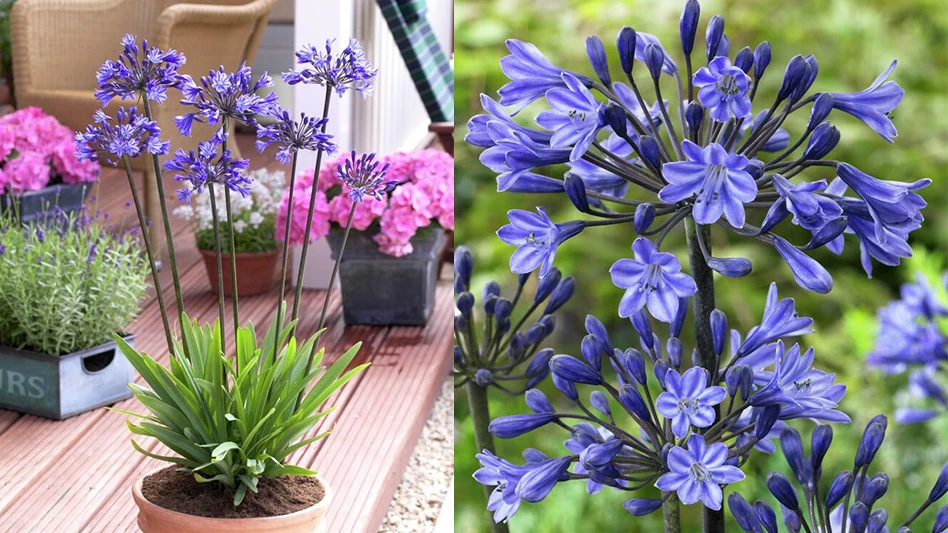
 One good reason to go green in the garden is to preserve the life in the soil. When it’s compromised by excess heat, synthetic fertilizers and pesticides, or over-tillage, our plants suffer. On the other hand, a soil that is full of beneficial microorganisms grows healthier, more productive plants. A balanced soil ecosystem supplies the right nutrients to plants at the right time, it fights off diseases, and it has a good balance of drainage and moisture-holding capacity.
One good reason to go green in the garden is to preserve the life in the soil. When it’s compromised by excess heat, synthetic fertilizers and pesticides, or over-tillage, our plants suffer. On the other hand, a soil that is full of beneficial microorganisms grows healthier, more productive plants. A balanced soil ecosystem supplies the right nutrients to plants at the right time, it fights off diseases, and it has a good balance of drainage and moisture-holding capacity.
The secret to plant vigor and growth are invisible allies—microorganisms. Gardeners (and garden center staff) do not have to be soil microbiologists to be successful. Just knowing that the soil life needs to be preserved is enough. Knowing how to care for and feed these “soil critters” can turn our staff into much sought-after magicians, of sorts, once customers start seeing great results in their gardens and landscapes.
The three basics for gardening with our invisible allies are: 1. Add microorganisms, 2. Feed microorganisms, and 3. Protect microorganisms. This applies to the microbes on plant surfaces too, as they are also important.
Add microorganisms
Good quality manure compost is the primary way to add beneficial microorganisms to the soil – for all plants. We recommend adding up to 50-percent compost to our poor Central Texas soils when first building a bed or planting a tree, and supplementing once or twice a year thereafter. In regions where there is more rainfall, a cooler climate and a better soil to begin with, the life in the soil is naturally preserved longer. After applying manure compost initially, it might not need replenishing as much. Non-manure compost is helpful, but the variety and quality of beneficial microorganisms contained in a properly finished manure compost are superior.

A popular new way to add microbes is through compost tea. Compost tea is an aerobically-brewed, liquid extract from manure compost that is full of these beneficial microbes, along with nutrients and other plant-enhancing ingredients. It is a very perishable product that must be brewed on site. We have a 100–gallon Earth Tea Brewer, (www.composttea.com). We dispense this liquid gold only four days out of seven, brewing a fresh batch every week.
A third way to increase soil life is to add mycorrhizal fungi. These are usually plant-specific kinds of fungi that form a symbiotic relationship with plant roots, extending their reach for water, bringing in more nutrients, and protecting the plant from diseases. Over the past decade, these fungi have been developed in powdered, soluble or gel forms that can be applied to soils, seeds and plants.
Feed microorganisms
It all starts with the organic matter in and on the soil, which serves as a basic food source for our microbes. Basically, the entire soil-food web depends on plants and their debris, including compost.
Plant-based mulches – such as shredded wood, chipped bark or leaves – supply a steady source of organic matter also. Soil microorganisms such as sugars do this, too, so applying horticultural molasses to the soil is a common practice to feed and stimulate microorganisms. Corn meal is traditionally added to the soil to feed certain species of the Trichoderma fungus, helping to fight diseases such as Sclerotinia, Sclerotium, and Rhizoctonia in southern landscapes, and perhaps farther.
Protect microorganisms
We don’t want to reverse all of our good work, so now we must nurture our soil critters. Avoid synthetic fertilizers and other amendments that harm microbes, including soil sulfur. Sulfur is often used to temporarily lower the pH of alkaline soils, but it also compromises the health of our “micro herd.” Avoid over-tilling the soil, which upsets the soil ecosystem as well. Mulch is handy here again: it moderates the soil temperatures, conserves moisture, and protects the soil from compaction, maintaining the soil as a haven for our wild micro-life. Finally, keep the soil moisture level as moderate as possible – not bone dry nor saturated.

Explore the August 2009 Issue
Check out more from this issue and find your next story to read.
Latest from Garden Center
- Meet the All-America Selections AAS winners for 2025
- AmericanHort accepting applications for HortScholars program at Cultivate'25
- 2025 Farwest Show booth applications now open
- The Garden Center Group hosting 'The Financial Basics of Garden Retailing Workshop Series'
- Weekend Reading 11/22/24
- Hurricane Helene: Florida agricultural production losses top $40M, UF economists estimate
- Terra Nova Nurseries shares companion plants for popular 2025 Colors of the Year
- Applications open for Horticultural Research Institute Leadership Academy Class of 2026





